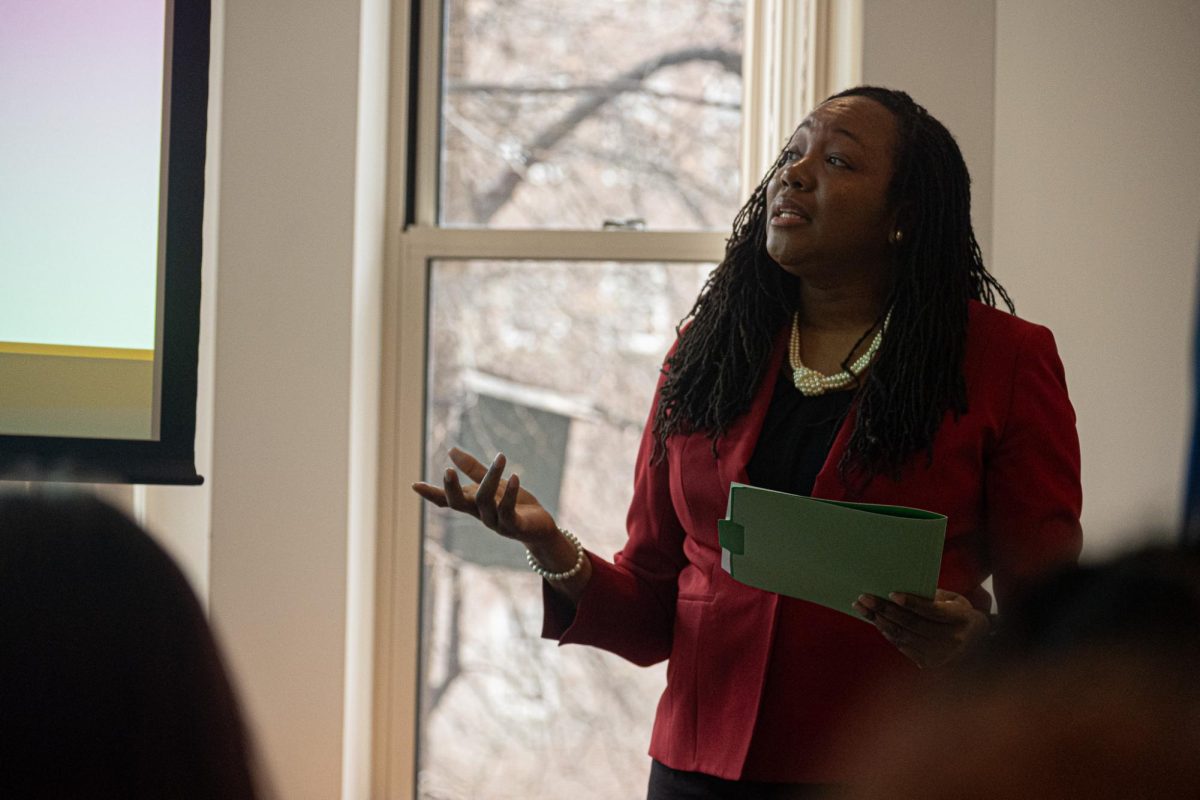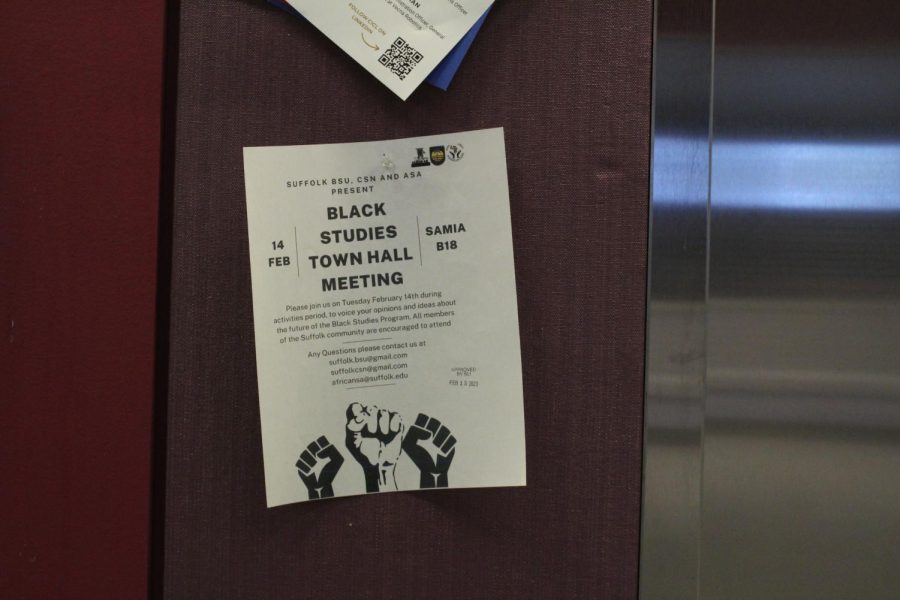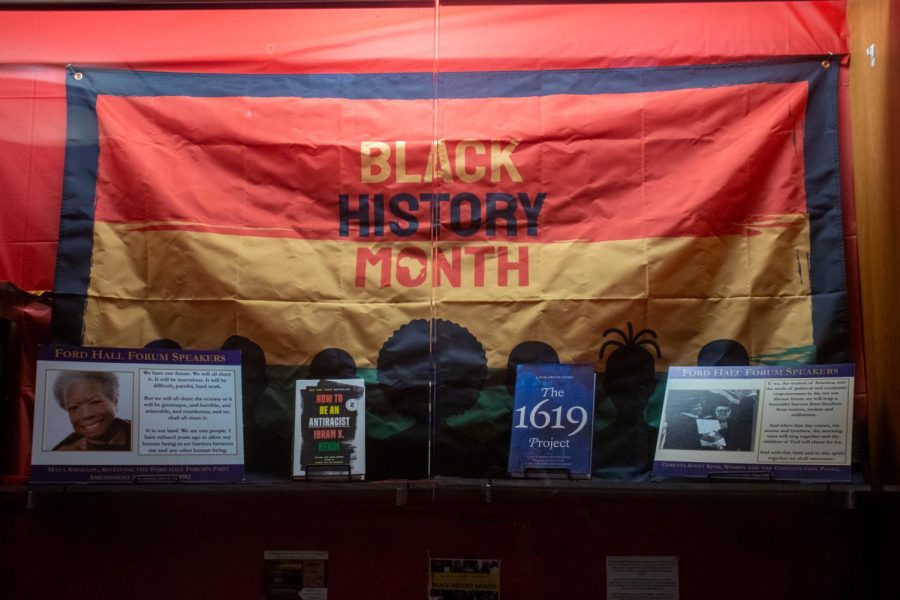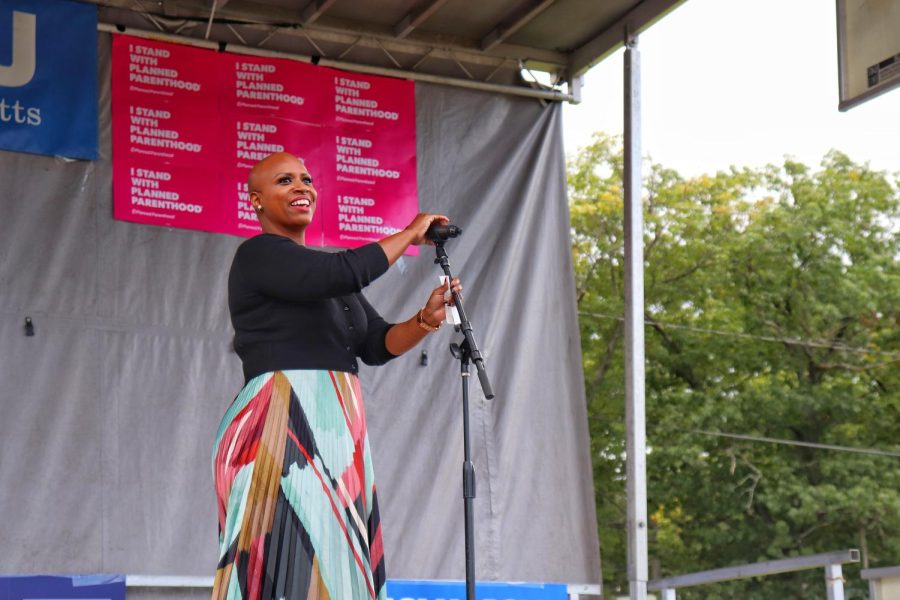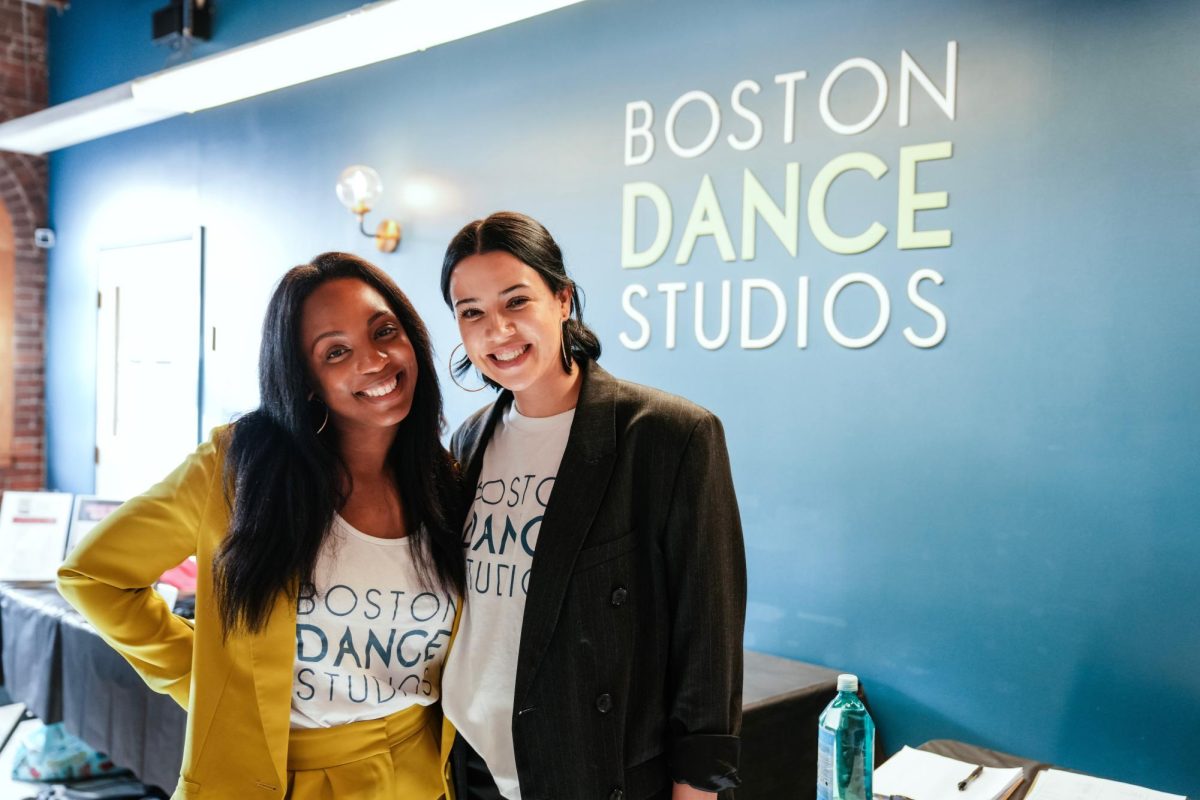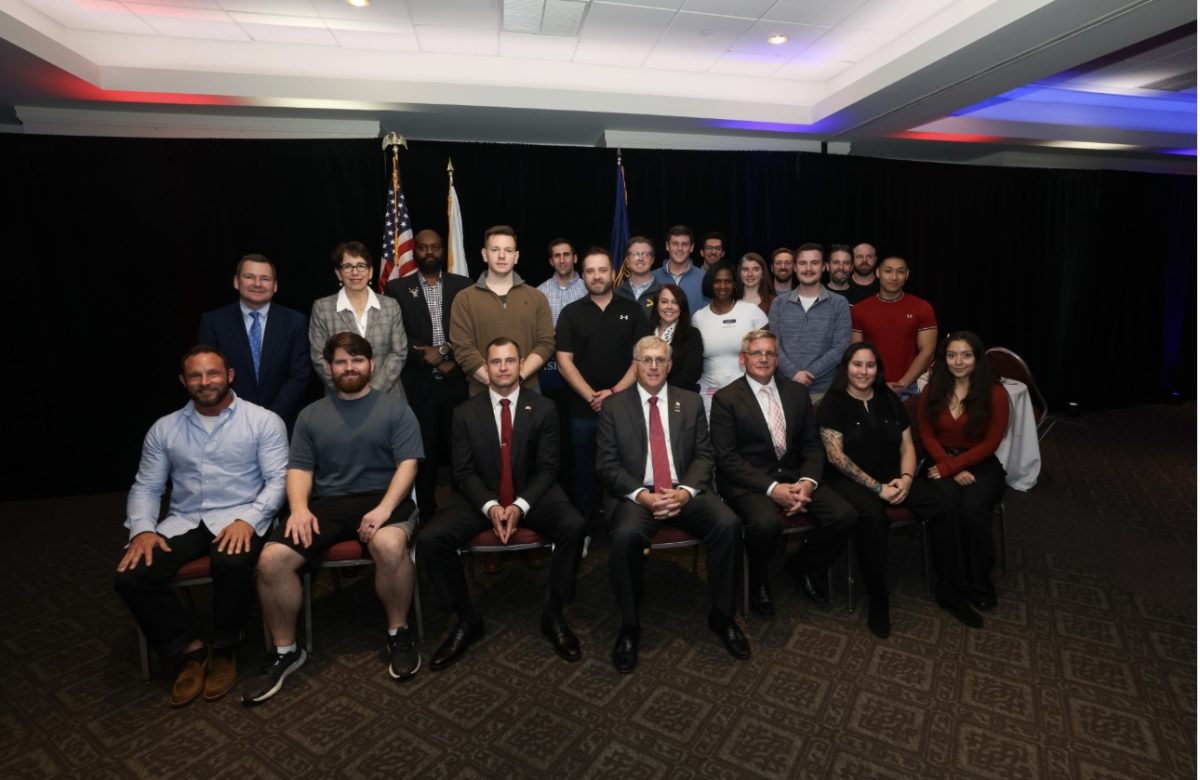Boston-area and Suffolk University leaders discussed how to address racial bias and promote diversity and inclusivity in workplaces during a panel discussion on Sept. 25.
The Zoom event was organized by ALPHA as part of Hispanic Heritage Month. During the event, speakers discussed issues people of color often face at work — issues that panelist and Suffolk Associate Dean of Students Shawn Newton said are often rooted in a lack of understanding.
“When these issues come up, there is a lot of tension because we’re all on different pages of what race and racism is all about,” Newton said during the discussion. “But it’s that deep-rooted institutional racism and cultural racism that has an impact on people.”
Panelist Cristina Costa said she has experienced forms of discrimination ranging from microaggressions and being overlooked for promotions, to even being fired from a job for “not being a good culture fit.”
Costa is head of learning and development at Outco Inc. and chief marketing officer for Women With Purpose, a non-profit dedicated to empowering women of color in the workplace. She said it is important for people of color to research just how inclusive and diverse companies are while searching for a job.
“Look at the company’s website, look at who’s on the leadership team, look at management. Are there people of color in those positions? Is it all white men at the top and does that trickle down?” Costa said. “That will tell you a lot about that company’s culture.”
Costa said a good way to see just how much a company prioritizes inclusivity is to reach out to a person of color who works there and ask them about their experiences on the job. She said it is also a good idea to research the company’s retention rate of employees from historically marginalized communities.
“A lot of companies, especially tech companies, will have a lot of Black and Brown people but they’ll all be at entry level jobs; the bottom of the pyramid,” Costa said.
For those who are looking to see what their current employers are doing to promote diversity, Costa said to reach out to the company’s human resource department.
Employees should also file a complaint with human resources if they have been the target of racist remarks or actions while at work. Both speakers said it is important to save racist emails or have written proof of an incident. Otherwise, the department might not move forward with the complaint.
“Get proof. Get them to send you something,” Newton said. “Maybe write them an email and say, ‘this is how I felt after you said this thing to me,’ and see how they respond. If they’re as bold in writing as they were in person, there’s your example.”
“You also need to keep your HR accountable,” Costa said. “Ask them what is going to be done to fix this situation. If your HR department says nothing, maybe this isn’t a place you want to be working at.”
Costa said working at a company that does not make an effort to promote diversity and inclusion, or one that allows racism to go unchecked within the workplace, can be emotionally and mentally exhausting for employees of color.
To help address these issues, Costa said employees can create employee resource groups or start grassroots campaigns rooted in diversity and inclusion. But if the workplace shows no sign of becoming less toxic, Costa said the only way to make the situation better might be to leave the job altogether. Especially if the company’s leadership has not made the effort to have genuine conversations about these issues.
“If there are not more genuine connections and relationships, we’re not going to be able to move forward because a lot of people in leadership positions have never experienced discrimination,” Costa said.
These conversations can be formal discussions about race and racism, or could happen over coffee with a colleague from a different background.
“It can be sitting at lunch with somebody that maybe you normally wouldn’t have lunch with and just telling them about your life…” Newton said. “It doesn’t even have to be a conversation on race.”
Both speakers said working toward a more inclusive workplace can feel impossible if a company’s leadership team is not on board. And even if it is, change likely still won’t come overnight.
“It took a very long time for racism to get where it is now, and it’s going to take some time to undo it,” Newton said. “I believe it can be undone, but it’s going to take time.”
Follow Caroline on Twitter @CarolineEnos.









